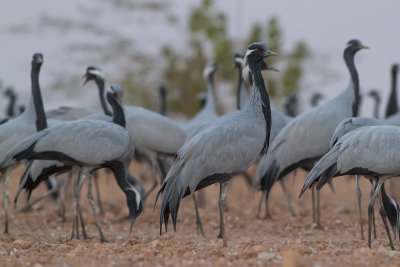





 |
 |
 |
 |
 |
 |
| Markus Lagerqvist | profile | all galleries >> Birds of the World >> Cranes | tree view | thumbnails | slideshow |
 Grey Crowned Crane (Balearica regulorum) |
 Black Crowned Crane (Balearica pavonina) |
Blue Crane (Grus paradisea) |
 Demoiselle Crane (Grus virgo) |
| comment | share |